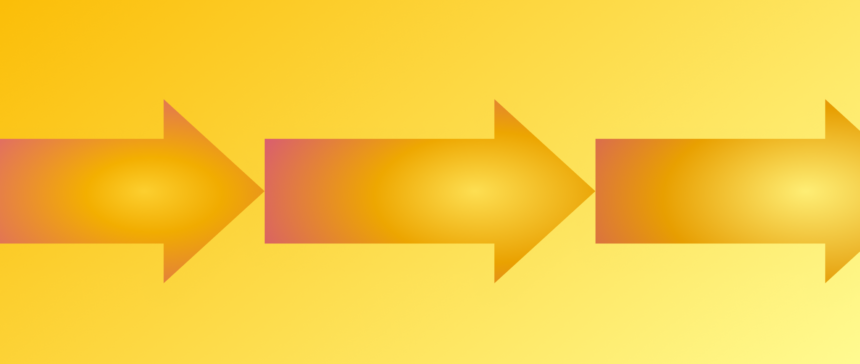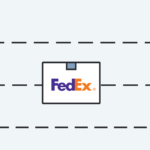You are brainstorming new product ideas with some of your colleagues. Before going any further, you should consider whether the idea makes sense. How much does it cost to produce? Is it something people will buy? How much does it cost? This is where product development research comes in handy.
What is product development research?
Product development research is the process of gathering and evaluating information about new products and services. It includes both qualitative and quantitative research and includes everything from surveys to market analysis. Research begins with the first product idea, Developmental stages Until product launch.
With some research you can determine Market trend What type of customers do you expect to reach? You can use this information to forecast and plan product demand. Marketing Strategy and sales strategy. Research can also help you understand which features your customers value most and how you can differentiate your product from the competition.
Types of product development research
Research for new product development is conducted in several ways:
Market research
Market research Start by understanding the market size for products similar to yours. Who among the masses of consumers will buy your product? Where does it fit? Market research is to determine your company Target audience.
You might start thinking about your target market in geographic terms — for example, if you want to sell nationwide or only in the Northeast or the West Coast. Perhaps you’ll think about it in demographic terms, such as targeting the 25-49 age group, singles and couples, or households earning more than $100,000 a year. Identifying your target market also involves a demand analysis — will your product attract enough customers to justify the expense of the new product development process?
Market research It may also include a review of the general economic and regulatory environment. The health of the economy affects consumer demand for any product, and the level of regulatory and tax burdens can hinder business goals.
concept test
concept test Target market surveys and focus groups are involved to assess whether the product idea is appealing and to adjust the idea and its features if necessary.
Concept testing should explore how your target customers use your product and whether your product solves a problem for them. co-founder of Canned food companies in their heyday Kat Kavner and Jamie Lynn Talley found a niche in the canned food market by canning beans with sauces and flavorings.
in an interview Shopify Master Podcasts, Kat explains that she looked at canned foods on the market and didn’t see anything particularly innovative, exciting, or flavorful. “That started me thinking there might be an opportunity,” she says. They wanted to combine the convenience and shelf life of canned food with new flavors. As a typical consumer, Kat says, “I don’t always have the time to cook completely from scratch.”
Competitor research
It’s important to know data about your product’s industry, including its size, value, and number of competitors. Competitor research and analysis establishes the basis for comparing and differentiating products and provides insight into how to promote unique features that make your product stand out from the competition.
“We had a hypothesis that the whole canned food category was ready to be reimagined,” Catt says. “We wanted to validate that and have good insights and data to back it up.” Her team did a lot of research on large canned food companies and identified gaps in the market.
price survey
Once the product is in shape and modifications are made, customer’s voicethe next research questions are: come up with the best price. Surveys, focus groups, and customer interviews can help determine prices that customers will accept. Pricing research can help you find out which features of your product are most appreciated. The challenge is to set prices that are not so low that you miss out on sales revenue, but not so high that customers are deterred or later regret paying the higher price.
user experience
This includes giving potential customers a dry run of the product, letting them observe how it is used, and gathering feedback through email, text messages, and social media. Does it seem like they’re happy with the product and how they navigate the website? User experience research should validate the success of your product development. If not, you may need to reevaluate not only the product itself, but also your product development research process.
Product development research process
There are three stages in the product development research process.
1. Exploration
This is where you consider ideas such as what the product will look and feel like and how it will function. Also look for data about your target audience: their buying habits, preferences, and desire for products that solve their problems. In product development, these customer wants and needs are called pain points.
This stage includes pre-screening ideas. You and your collaborators can accept or reject the idea after considering its feasibility, including whether the product will attract a sufficient number of customers. Do you have the budget and technical resources to build your product? Will it be relatively easy or difficult to enter the market due to high initial costs, stiff competition, or regulatory constraints?
2. Evaluation
Once you’ve decided on your product idea and decided to move forward, it’s time to begin the evaluation phase. This is a more rigorous assessment of a product’s potential for success. Move beyond internal discussions with collaborators to external validation methods such as surveys and concept testing with consumers. This involves surveying a larger sample of potential customers and collecting more detailed data from their responses.
The evaluation stage may also include further analysis of the competition and how the product fills a market niche. As you progress, you should get a more concrete picture of your product, its features, and how it will appeal to your customers.
3. Repetition
At this stage, focus on getting the product details right. Use additional research and customer testing to make final improvements. This is a process known as product iteration. Customer testing and feedback is important because your product may change during development and you want your customers to see the latest iteration. As your product approaches its final form and market launch, you’ll need as much feedback as possible. At this stage, the focus is on getting the product details right. Use additional research and customer testing to make final improvements. This is a process known as product iteration. Customer testing and feedback is important because your product may change during development and you want your customers to see the latest iteration. As your product approaches its final form and market launch, you’ll need as much feedback as possible.
Product development research tips
There are many moving parts in product development research. Here are some tips to help you stay on track.
Keep your customers engaged
Continuous feedback throughout the development process allows you to test and make adjustments and modifications to your product, ensuring it meets user needs and ensures customer satisfaction. concept test Get user input early in the process.
learn from mistakes
The research process is aimed at quickly correcting mistakes and getting back on track. “We were getting some complaints about e-commerce packaging not being durable enough,” Catt says. “So we did a durability test with the new box, throwing it off the roof of a house to see if it was strong enough to withstand all the pitfalls of shipping.”
Use your experience
Most entrepreneurs don’t go into product development coldly. They often have some experience or knowledge of products similar to the one they are developing. “We both spent about 10 years in the natural food consumer goods world,” Kat says of himself and his co-founder Jamie. “My background is more in industry marketing and innovation strategy, and Jamie is trained as a food scientist, but has spent most of his career on the manufacturing side.” Consider working with a partner who has experience in a related field.
Frequently Asked Questions about Product Development Studies
What is the difference between research and development and product development?
Research and development is how companies search for new ideas that lead to new products. This is the first step in product development and includes designing, creating, testing, and marketing the product.
What is the meaning of product development research?
Product development research means assessing the need for your product, understanding your target audience’s pain points, and how to tailor your product to meet your customers’ needs.
Why is it important to conduct product development research?
Research provides product teams with information to make decisions during the development process, including demand analysis, concept testing, and marketing and sales strategies. This ensures that product development is data-driven rather than based on assumptions and guesswork.






